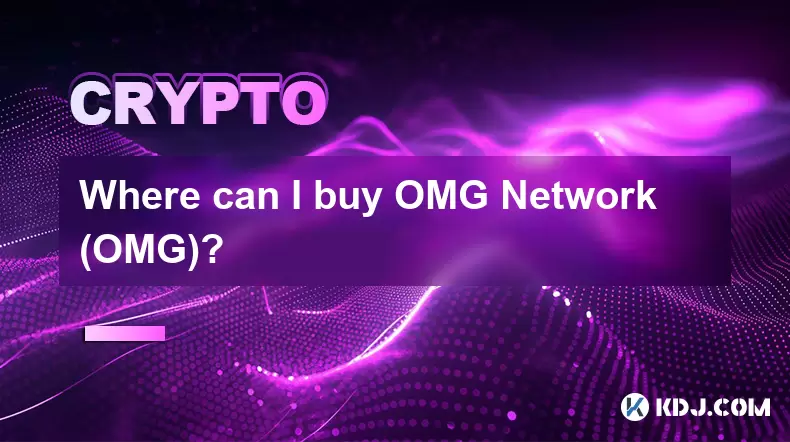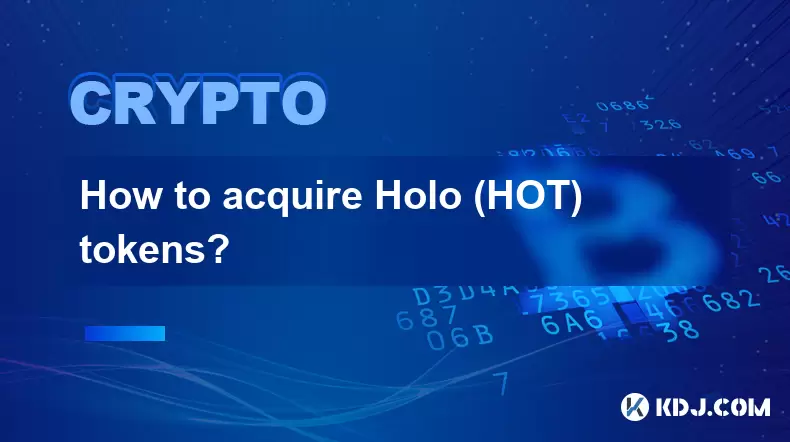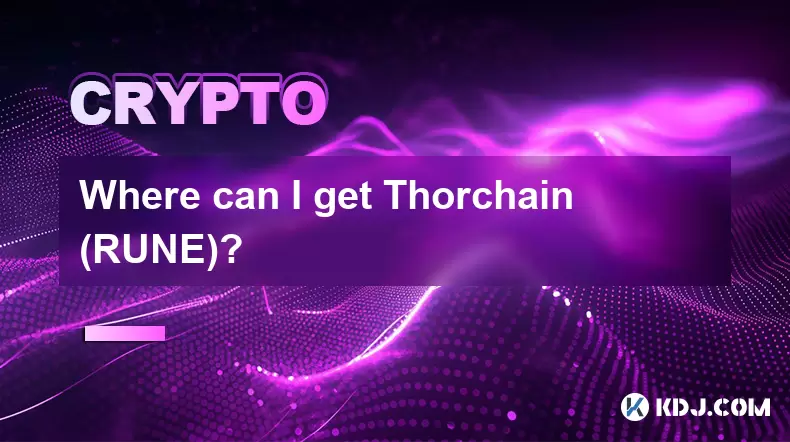-
 Bitcoin
Bitcoin $117500
2.15% -
 Ethereum
Ethereum $3911
6.19% -
 XRP
XRP $3.316
10.79% -
 Tether USDt
Tether USDt $1.000
0.01% -
 BNB
BNB $787.2
2.24% -
 Solana
Solana $175.2
4.15% -
 USDC
USDC $0.9999
0.00% -
 Dogecoin
Dogecoin $0.2225
8.40% -
 TRON
TRON $0.3383
0.28% -
 Cardano
Cardano $0.7868
6.02% -
 Stellar
Stellar $0.4382
9.34% -
 Hyperliquid
Hyperliquid $40.92
7.56% -
 Sui
Sui $3.764
7.63% -
 Chainlink
Chainlink $18.48
10.66% -
 Bitcoin Cash
Bitcoin Cash $582.1
1.88% -
 Hedera
Hedera $0.2601
6.30% -
 Avalanche
Avalanche $23.33
4.94% -
 Ethena USDe
Ethena USDe $1.001
0.02% -
 Litecoin
Litecoin $122.3
2.04% -
 UNUS SED LEO
UNUS SED LEO $8.969
-0.27% -
 Toncoin
Toncoin $3.339
0.86% -
 Shiba Inu
Shiba Inu $0.00001287
4.30% -
 Uniswap
Uniswap $10.43
7.38% -
 Polkadot
Polkadot $3.861
5.08% -
 Dai
Dai $1.000
0.02% -
 Bitget Token
Bitget Token $4.513
3.41% -
 Monero
Monero $267.7
-6.18% -
 Cronos
Cronos $0.1499
4.14% -
 Pepe
Pepe $0.00001110
5.15% -
 Aave
Aave $284.9
8.28%
What is the practical value of SOL coin? How to get SOL coin?
SOL coin is essential for transaction fees, staking, governance, and DeFi on Solana; acquire it via exchanges, staking, airdrops, or DeFi protocols.
May 30, 2025 at 05:21 pm

What is the Practical Value of SOL Coin? How to Get SOL Coin?
SOL coin is the native cryptocurrency of the Solana blockchain, a high-performance platform designed for decentralized applications and crypto transactions. Understanding the practical value of SOL coin and how to acquire it is essential for anyone interested in engaging with the Solana ecosystem. This article will delve into the practical uses of SOL coin and provide a detailed guide on how to obtain it.
Practical Value of SOL Coin
SOL coin serves multiple purposes within the Solana ecosystem, making it a valuable asset for users and developers alike. Its primary functions include facilitating transactions, staking, and participating in the governance of the network.
Transaction Fees: One of the most straightforward uses of SOL coin is to pay for transaction fees on the Solana network. When users send or receive tokens, interact with decentralized applications (dApps), or execute smart contracts, they need to pay a small fee in SOL. This fee helps maintain the network and incentivizes validators to process transactions.
Staking: Staking is another significant use of SOL coin. By staking their SOL, users can participate in the Proof of Stake (PoS) consensus mechanism of the Solana network. Staking SOL allows users to earn rewards for helping secure the network and validate transactions. The more SOL a user stakes, the higher their chances of being selected to validate transactions and earn rewards.
Governance: SOL coin holders have the ability to participate in the governance of the Solana network. By voting on proposals that affect the development and operation of the platform, SOL holders can influence the direction of the ecosystem. This democratic process ensures that the community has a say in important decisions.
Decentralized Finance (DeFi): SOL coin is integral to the burgeoning DeFi ecosystem on Solana. Various DeFi protocols use SOL as collateral for loans, as a means of payment, or as a governance token. The low transaction fees and high throughput of the Solana network make it an attractive platform for DeFi applications, increasing the practical value of SOL.
How to Get SOL Coin
Acquiring SOL coin can be done through several methods, each with its own set of steps and considerations. Here are the primary ways to obtain SOL:
Buying SOL on Cryptocurrency Exchanges:
- Choose a reputable exchange: Select a cryptocurrency exchange that supports SOL trading. Popular exchanges include Binance, Coinbase, and FTX.
- Create an account: Sign up for an account on the chosen exchange. This typically involves providing personal information and completing a verification process.
- Deposit funds: Fund your account with fiat currency or another cryptocurrency. Most exchanges accept deposits in USD, EUR, or major cryptocurrencies like Bitcoin and Ethereum.
- Navigate to the SOL trading pair: Find the trading pair that involves SOL, such as SOL/USDT or SOL/BTC.
- Place an order: Decide on the amount of SOL you want to purchase and place a market or limit order. A market order will execute immediately at the current market price, while a limit order allows you to set a specific price at which you want to buy.
- Withdraw SOL to a wallet: Once the purchase is complete, you can transfer your SOL to a personal wallet for added security.
Earning SOL through Staking:
- Choose a staking platform: Select a staking platform or wallet that supports Solana staking. Options include the official Solana wallet, Ledger, or third-party services like Coinbase.
- Transfer SOL to the staking platform: Send your SOL to the chosen staking platform or wallet.
- Start staking: Follow the platform's instructions to start staking your SOL. This typically involves delegating your SOL to a validator node.
- Receive staking rewards: Over time, you will earn staking rewards based on the amount of SOL you have staked and the performance of the validator node.
Participating in Airdrops and Rewards Programs:
- Stay updated on Solana projects: Follow Solana-based projects and their social media channels to stay informed about upcoming airdrops and rewards programs.
- Meet the eligibility criteria: Airdrops often have specific requirements, such as holding a certain amount of SOL or participating in a project's community.
- Claim your rewards: Once eligible, follow the project's instructions to claim your SOL rewards. This may involve connecting your wallet to a website or completing a task.
Mining or Earning SOL through DeFi:
- Engage with DeFi protocols: Explore DeFi protocols on the Solana network that offer opportunities to earn SOL. This can include yield farming, liquidity provision, or lending platforms.
- Follow the protocol's instructions: Each DeFi protocol will have its own set of steps to participate and earn rewards. This may involve depositing assets, providing liquidity, or taking out loans.
- Monitor and manage your positions: Keep an eye on your positions and adjust as necessary to maximize your earnings.
Security Considerations When Acquiring SOL
When dealing with cryptocurrencies, security is paramount. Here are some tips to ensure the safety of your SOL:
- Use a hardware wallet: Store your SOL in a hardware wallet like Ledger or Trezor for maximum security. Hardware wallets keep your private keys offline, reducing the risk of hacking.
- Enable two-factor authentication (2FA): Always enable 2FA on your exchange accounts and wallets to add an extra layer of security.
- Beware of phishing scams: Be cautious of emails, websites, or messages that ask for your private keys or personal information. Always double-check the authenticity of the source.
- Keep software updated: Ensure that your wallets, exchanges, and other software are up to date with the latest security patches.
Understanding the Solana Ecosystem
To fully appreciate the practical value of SOL coin, it's helpful to understand the broader Solana ecosystem. Solana is known for its high throughput and low transaction costs, making it an ideal platform for a wide range of applications.
Scalability: Solana's architecture allows it to process thousands of transactions per second, far surpassing many other blockchain networks. This scalability is crucial for applications that require high performance, such as DeFi and gaming.
Interoperability: Solana supports interoperability with other blockchains, allowing for seamless transfers of assets and data. This feature enhances the utility of SOL and the overall ecosystem.
Developer-Friendly: The Solana platform is designed to be developer-friendly, with tools and resources that make it easier to build and deploy dApps. This has led to a growing number of projects and increased demand for SOL.
Real-World Applications of SOL
SOL coin's practical value extends beyond the Solana network itself. Here are some real-world applications where SOL plays a crucial role:
Payment Solutions: Businesses can accept SOL as a form of payment, leveraging the fast and low-cost transactions of the Solana network. This is particularly appealing for businesses that operate globally and need to process payments quickly.
Gaming and NFTs: The Solana network is a popular choice for blockchain-based gaming and non-fungible tokens (NFTs). Games built on Solana use SOL for in-game transactions, and NFT marketplaces often accept SOL as a payment method.
Cross-Border Remittances: SOL can be used for cross-border remittances, offering a faster and cheaper alternative to traditional banking methods. This is particularly beneficial for individuals sending money to family members in other countries.
Tokenization of Assets: Companies can tokenize real-world assets on the Solana network, using SOL as the native currency for these transactions. This opens up new opportunities for investment and liquidity.
Frequently Asked Questions
1. Can I use SOL coin for everyday purchases?
Yes, SOL coin can be used for everyday purchases, provided that the merchant accepts it as a form of payment. The fast transaction times and low fees make it an attractive option for businesses and consumers alike.
2. How do I choose a reliable staking platform for SOL?
When choosing a staking platform for SOL, consider factors such as security, user interface, fees, and the reputation of the platform. Look for platforms that have a proven track record and are transparent about their operations.
3. What are the risks associated with holding SOL?
Like any cryptocurrency, holding SOL comes with risks such as market volatility, potential regulatory changes, and security breaches. It's important to stay informed and use secure storage methods to mitigate these risks.
4. How does the Solana network compare to Ethereum in terms of SOL's utility?
While both networks support similar functionalities, Solana's higher throughput and lower transaction fees make SOL more suitable for applications that require speed and efficiency. Ethereum, on the other hand, has a more established ecosystem and a wider range of supported dApps.
Disclaimer:info@kdj.com
The information provided is not trading advice. kdj.com does not assume any responsibility for any investments made based on the information provided in this article. Cryptocurrencies are highly volatile and it is highly recommended that you invest with caution after thorough research!
If you believe that the content used on this website infringes your copyright, please contact us immediately (info@kdj.com) and we will delete it promptly.
- Stablecoins, Hong Kong, and On-Chain Finance: Navigating the Regulatory Maze
- 2025-08-08 12:30:12
- Tron's Sell-Off Spurs Altcoin Shift: What's Next for TRX?
- 2025-08-08 08:30:12
- Euler, DeFi, and Coinbase: A New York Minute on the Latest Buzz
- 2025-08-08 12:30:12
- RUVI Presale: Is the Growth Potential Real?
- 2025-08-08 09:10:12
- Sleep Token's US Takeover: Thornhill Rides the 'Even In Arcadia' Wave
- 2025-08-08 08:30:12
- FTT Token's Wild Ride: Creditor Repayments vs. Market Drop - A New Yorker's Take
- 2025-08-08 07:10:12
Related knowledge

Where can I buy UMA (UMA)?
Aug 07,2025 at 06:42pm
Understanding UMA and Its Role in Decentralized FinanceUMA (Universal Market Access) is an Ethereum-based decentralized finance (DeFi) protocol design...

Where can I purchase Siacoin (SC)?
Aug 08,2025 at 11:14am
Understanding Siacoin (SC) and Its Role in the Sia NetworkSiacoin (SC) is the native cryptocurrency of the Sia decentralized cloud storage platform, a...

Where can I buy OMG Network (OMG)?
Aug 08,2025 at 12:57pm
Understanding OMG Network (OMG) and Its PurposeThe OMG Network, originally known as OmiseGO, is a layer-2 scaling solution built on the Ethereum block...

What exchanges support buying IOTA (MIOTA)?
Aug 07,2025 at 09:58pm
Understanding the Role of Private Keys in Cryptocurrency SecurityIn the world of cryptocurrency, private keys are the cornerstone of ownership and con...

How to acquire Holo (HOT) tokens?
Aug 08,2025 at 05:56am
Understanding Holo (HOT) and Its EcosystemHolo (HOT) is a cryptocurrency token associated with the Holo ecosystem, which is built on the Holochain fra...

Where can I get Thorchain (RUNE)?
Aug 08,2025 at 08:07am
Understanding the Role of Seed Phrases in Cryptocurrency WalletsA seed phrase, also known as a recovery phrase or mnemonic phrase, is a critical compo...

Where can I buy UMA (UMA)?
Aug 07,2025 at 06:42pm
Understanding UMA and Its Role in Decentralized FinanceUMA (Universal Market Access) is an Ethereum-based decentralized finance (DeFi) protocol design...

Where can I purchase Siacoin (SC)?
Aug 08,2025 at 11:14am
Understanding Siacoin (SC) and Its Role in the Sia NetworkSiacoin (SC) is the native cryptocurrency of the Sia decentralized cloud storage platform, a...

Where can I buy OMG Network (OMG)?
Aug 08,2025 at 12:57pm
Understanding OMG Network (OMG) and Its PurposeThe OMG Network, originally known as OmiseGO, is a layer-2 scaling solution built on the Ethereum block...

What exchanges support buying IOTA (MIOTA)?
Aug 07,2025 at 09:58pm
Understanding the Role of Private Keys in Cryptocurrency SecurityIn the world of cryptocurrency, private keys are the cornerstone of ownership and con...

How to acquire Holo (HOT) tokens?
Aug 08,2025 at 05:56am
Understanding Holo (HOT) and Its EcosystemHolo (HOT) is a cryptocurrency token associated with the Holo ecosystem, which is built on the Holochain fra...

Where can I get Thorchain (RUNE)?
Aug 08,2025 at 08:07am
Understanding the Role of Seed Phrases in Cryptocurrency WalletsA seed phrase, also known as a recovery phrase or mnemonic phrase, is a critical compo...
See all articles

























































































